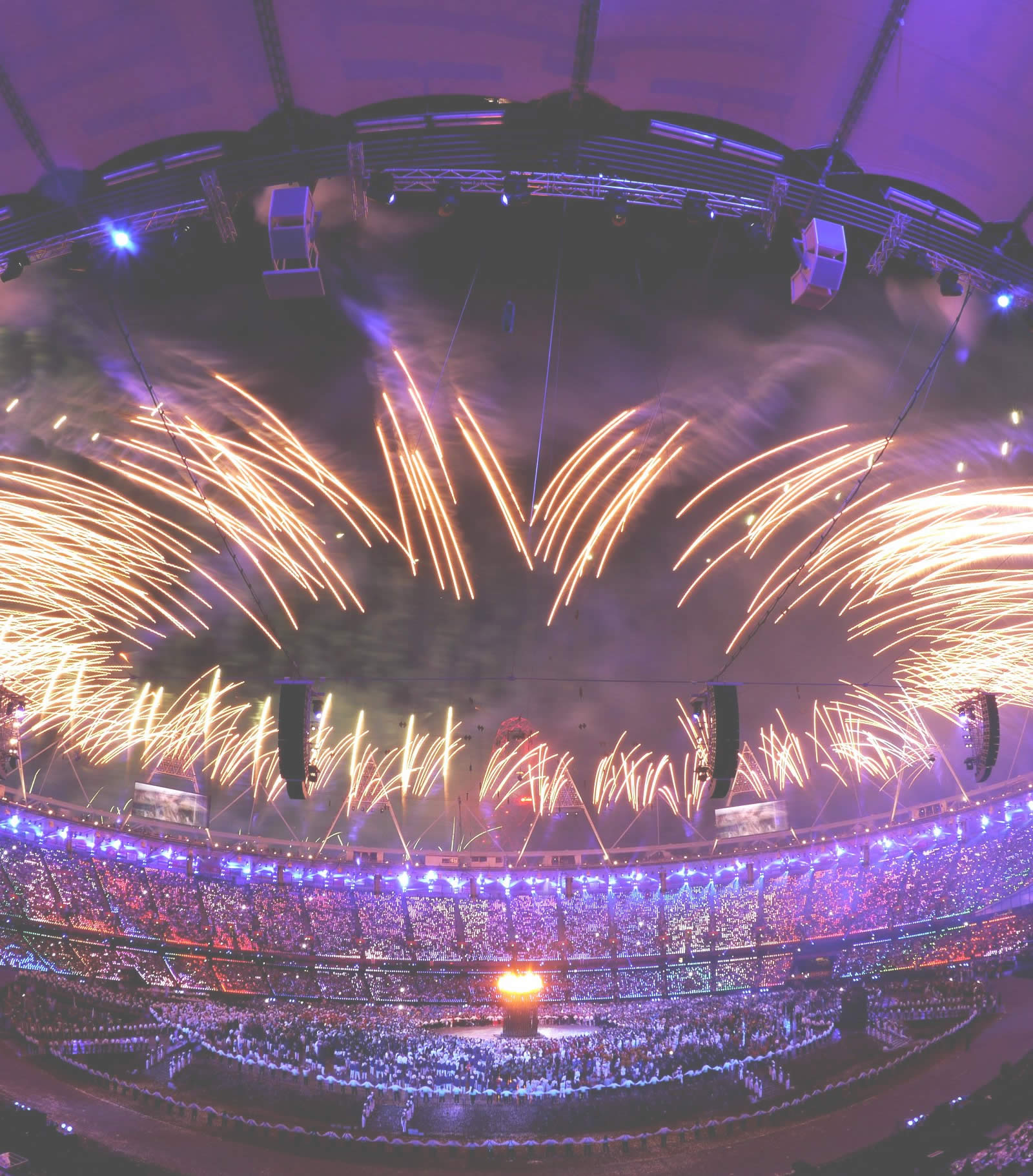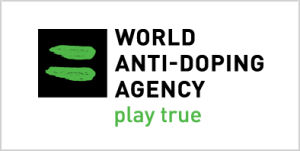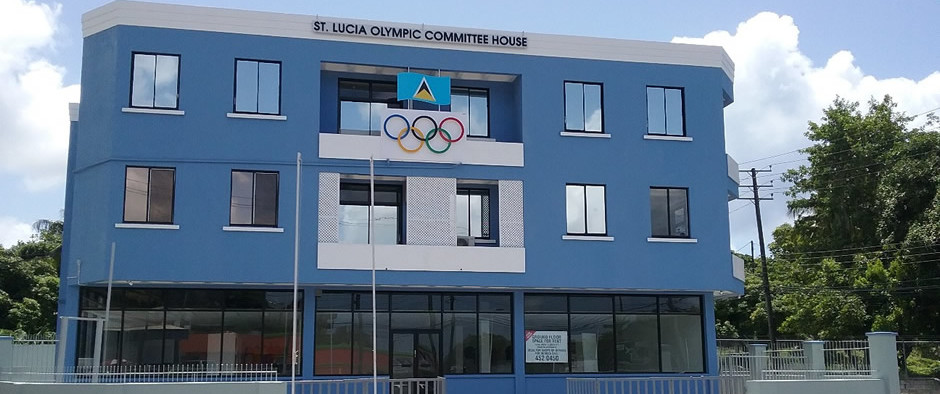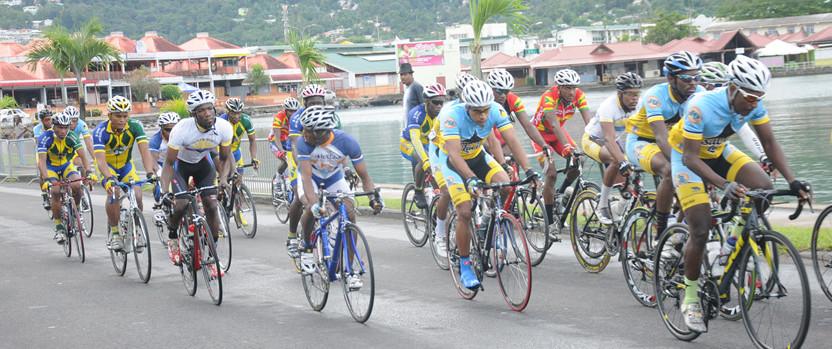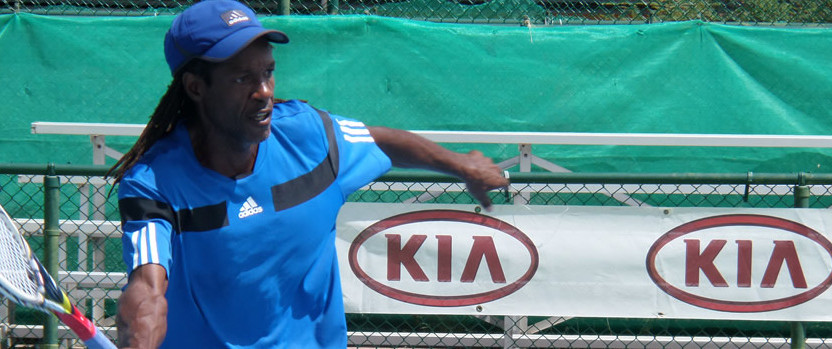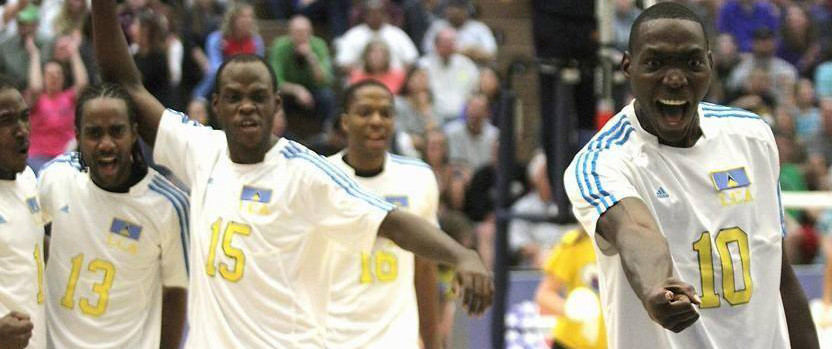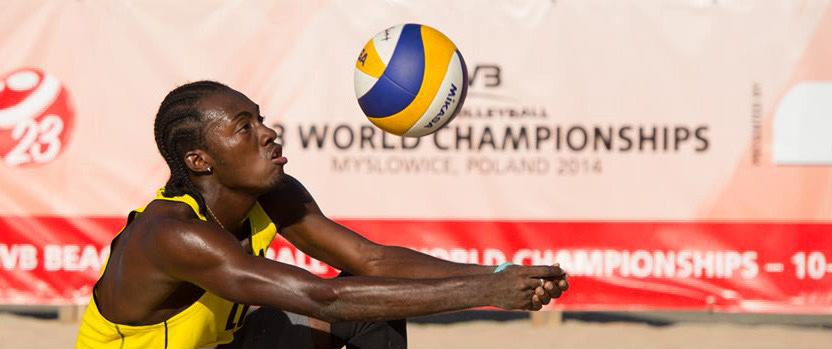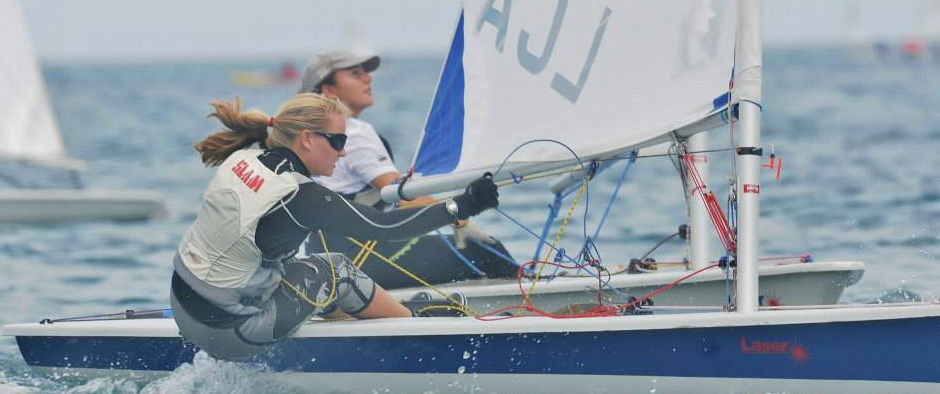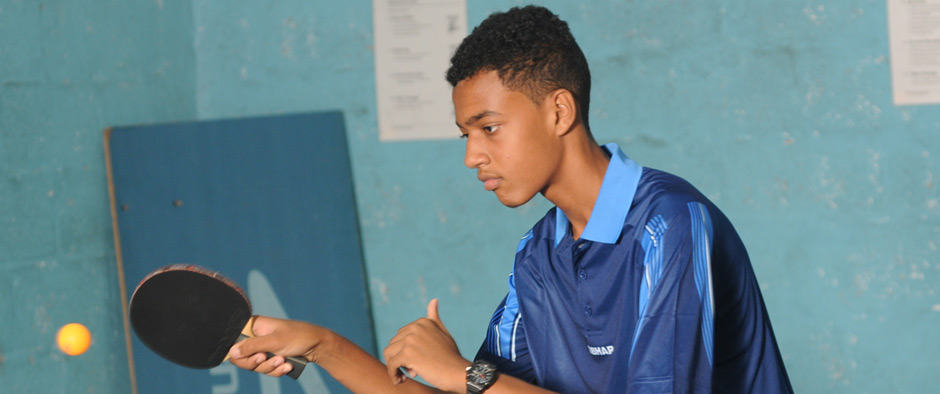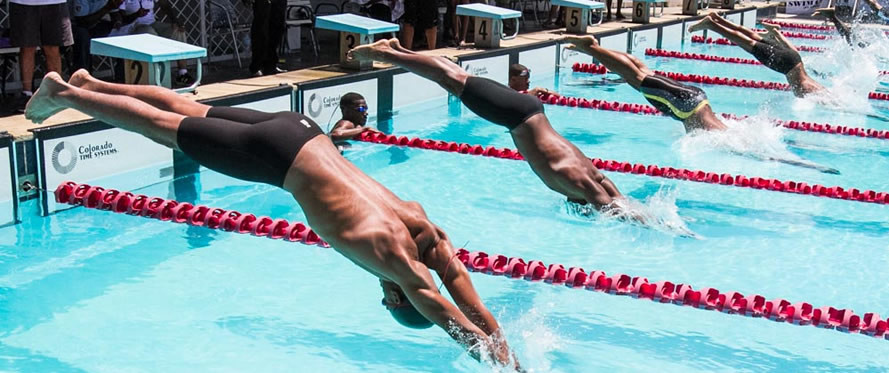The Olympic Movement
On equality of sports which are international and democratic. It is a philosophy of life, exalting and combining in a balanced whole the qualities of body, will and mind. The goal of the Olympic
Movement is to contribute to building a peaceful and better world by educating youth through sport practiced without discrimination of any kind, in a spirit of friendship, solidarity and fair play. The Olympic Movement is defined also by the numerous activities in which it engages, such as:
| – | Promoting sport and competitions through the intermediary of national and international sports institutions world-wide. |
| – | Cooperation with public and private organisations to place sport at the service of mankind. |
| – | Assistance to develop “Sport for All”. |
| – | Advancement of women in sport at all levels and in all structures, with a view to achieving equality between men and women. |
| – | Opposition to all forms of commercial exploitation of sport and athletes. |
| – | The fight against doping. |
| – | Promoting sports ethics and fair play. |
| – | Raising awareness of environmental problems. |
| – | Financial and educational support for developing countries through the IOC institution Olympic Solidarity. |
CONTINENTAL ASSOCIATIONS
ANOC affiliates all the 202 NOCs recognized by the International Olympic Committee. These NOCs all belong to one of the five Continental Associations under the IOC as per their geographical location, viz. Africa : Association of the National Olympic Committees of Africa (ANOCA), The Americas : Pan American Sports Organization (PASO), Asia : Olympic Council of Asia (OCA), Europe : European Olympic Committees (EOC), Oceana: (Oceania National Olympic Committees (ONOC).
